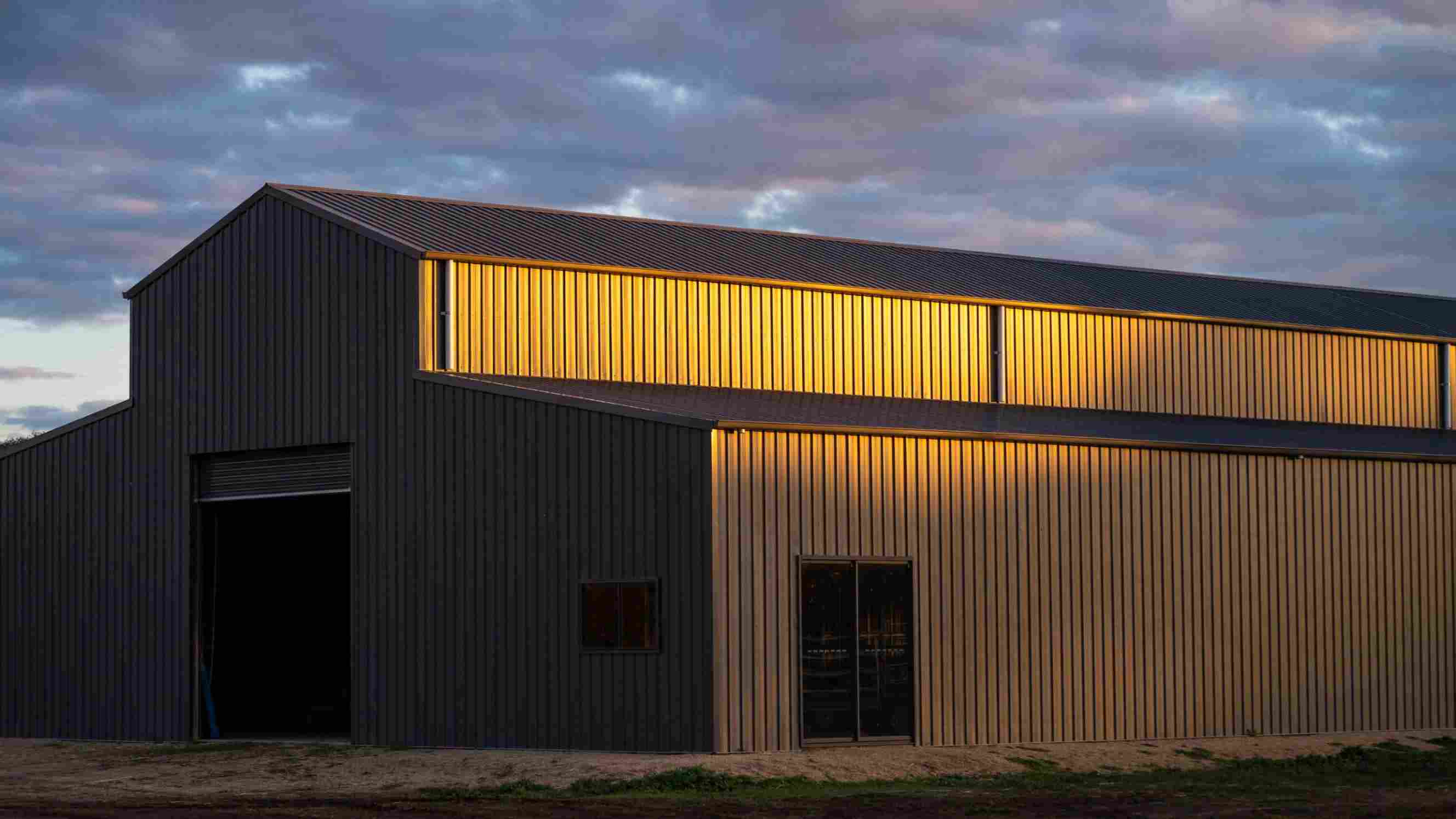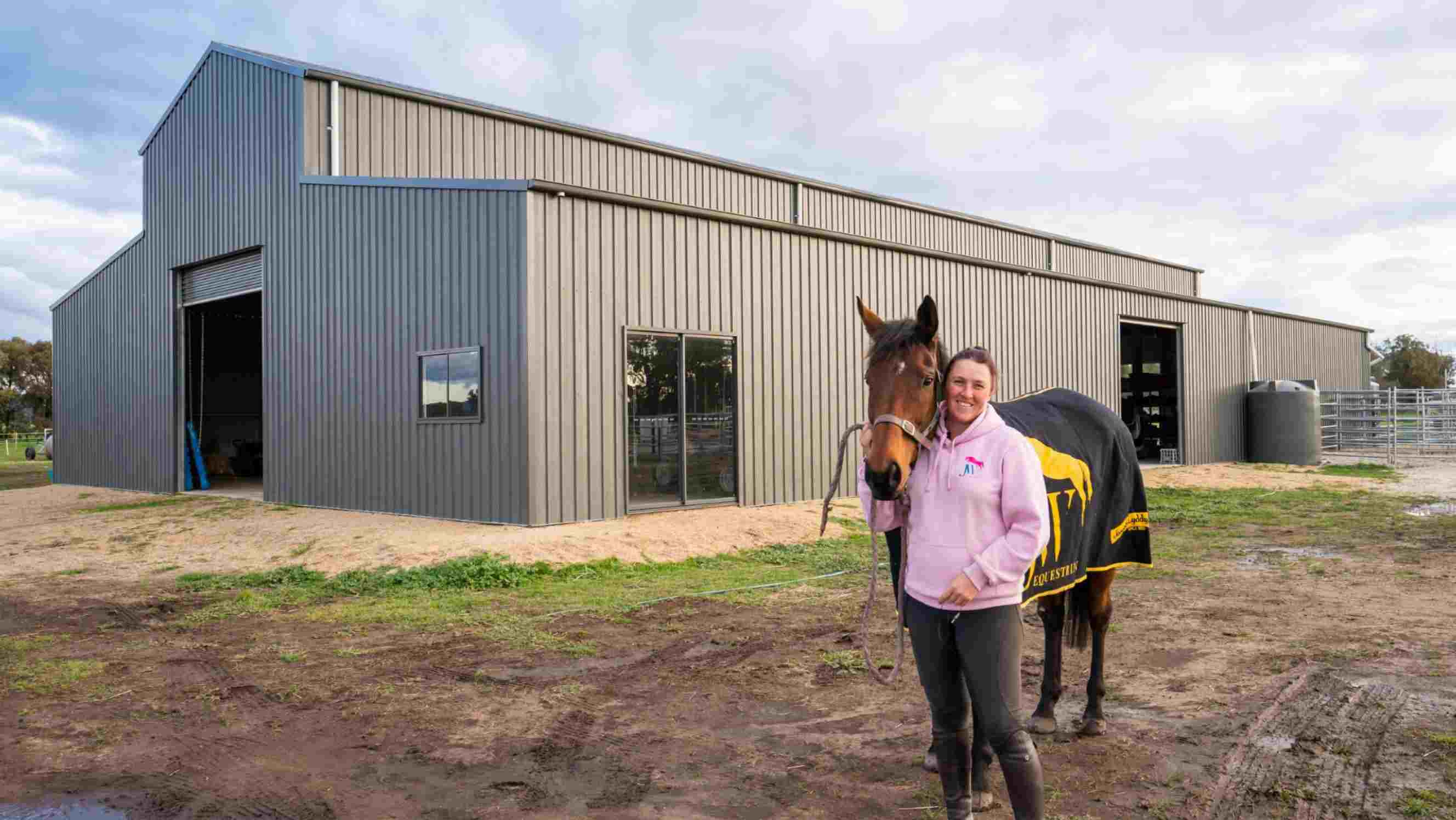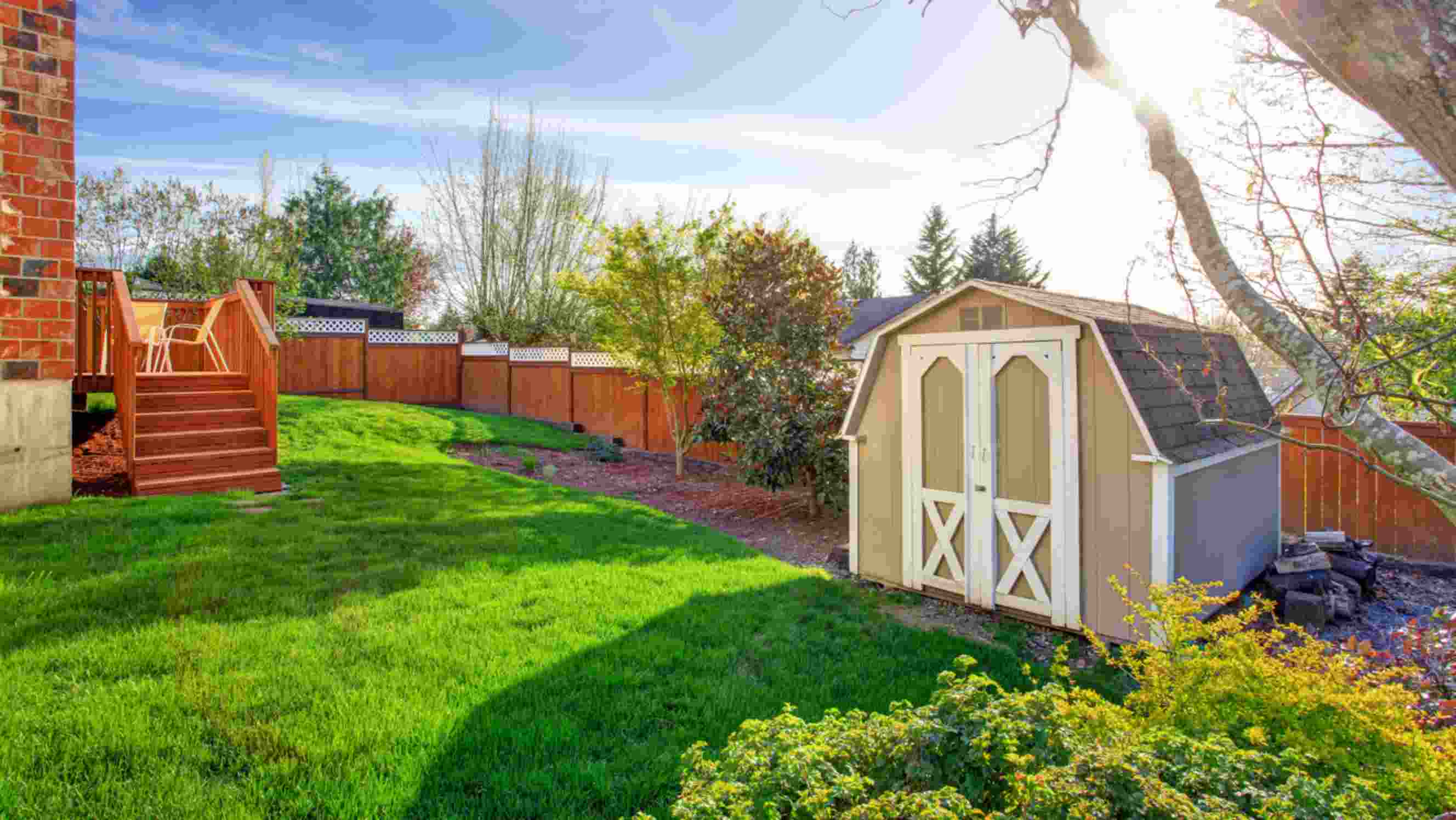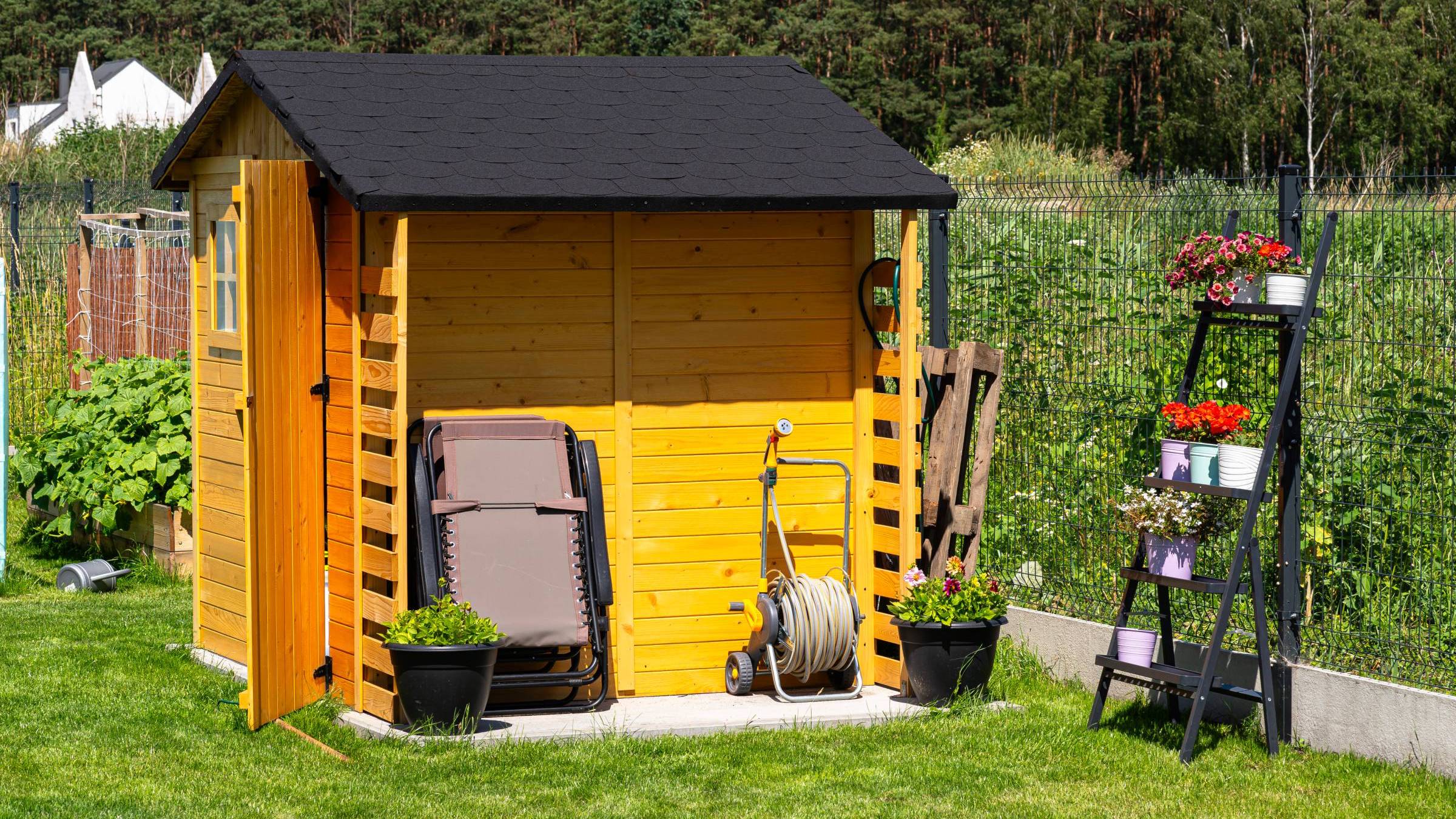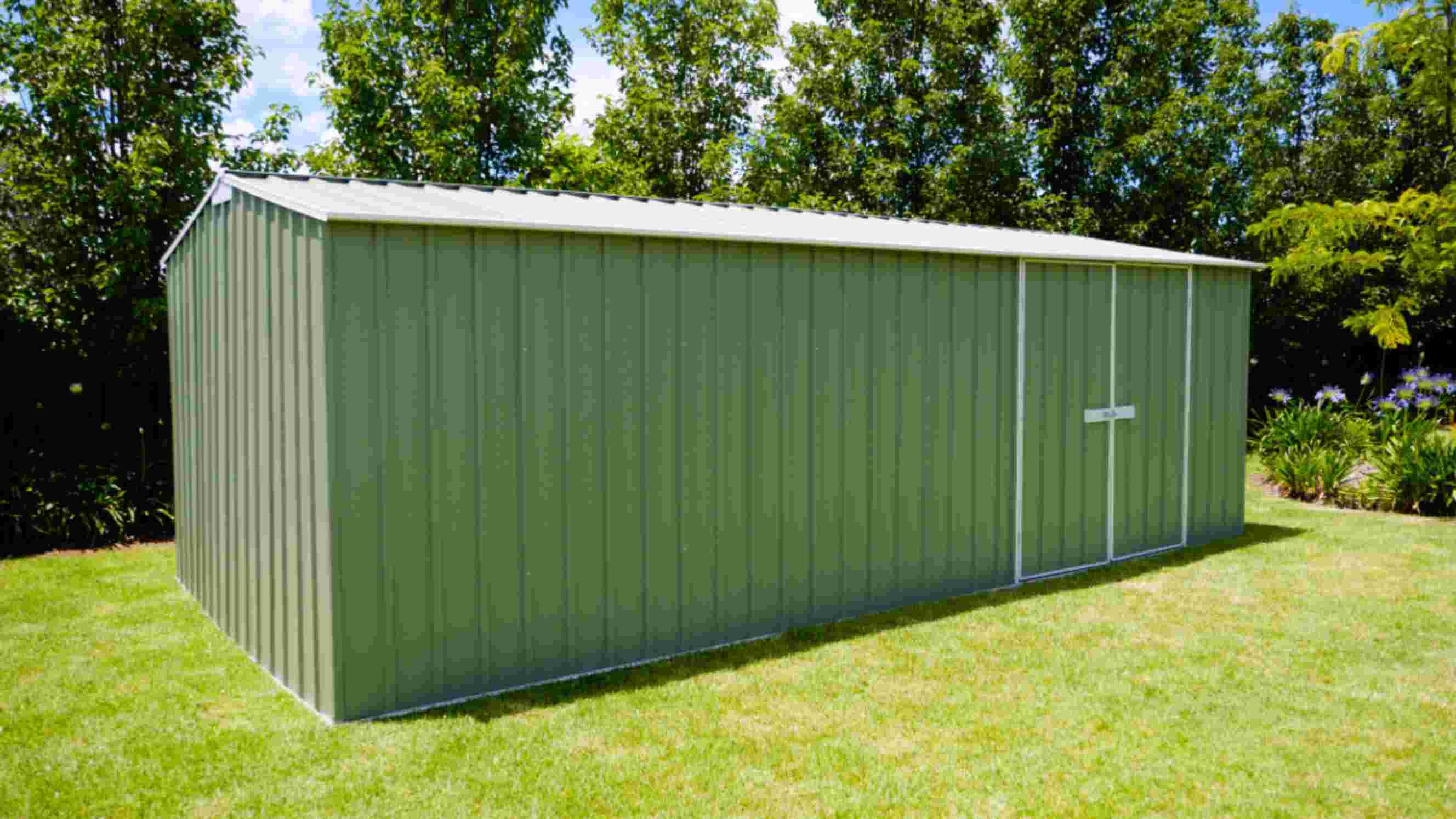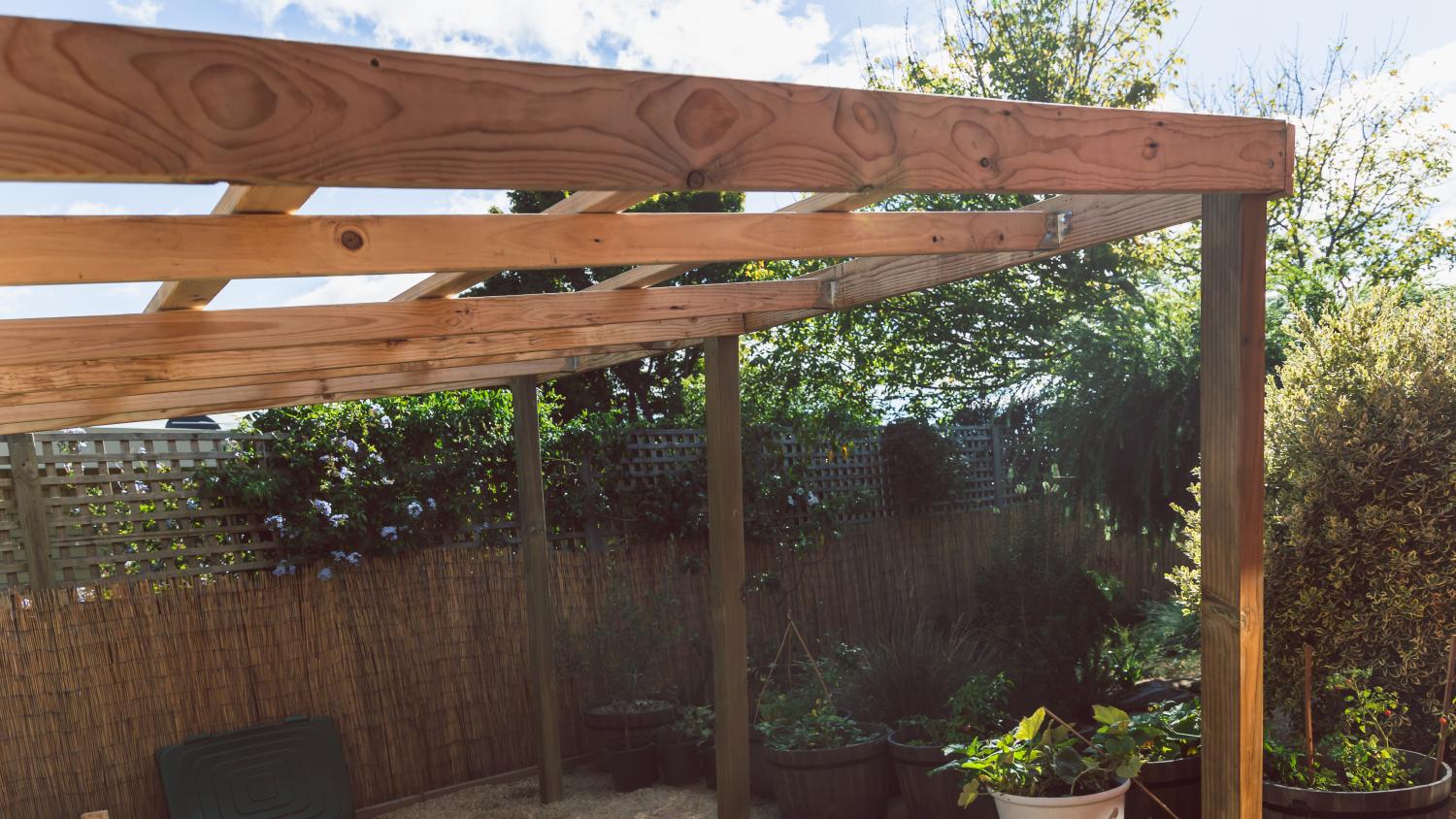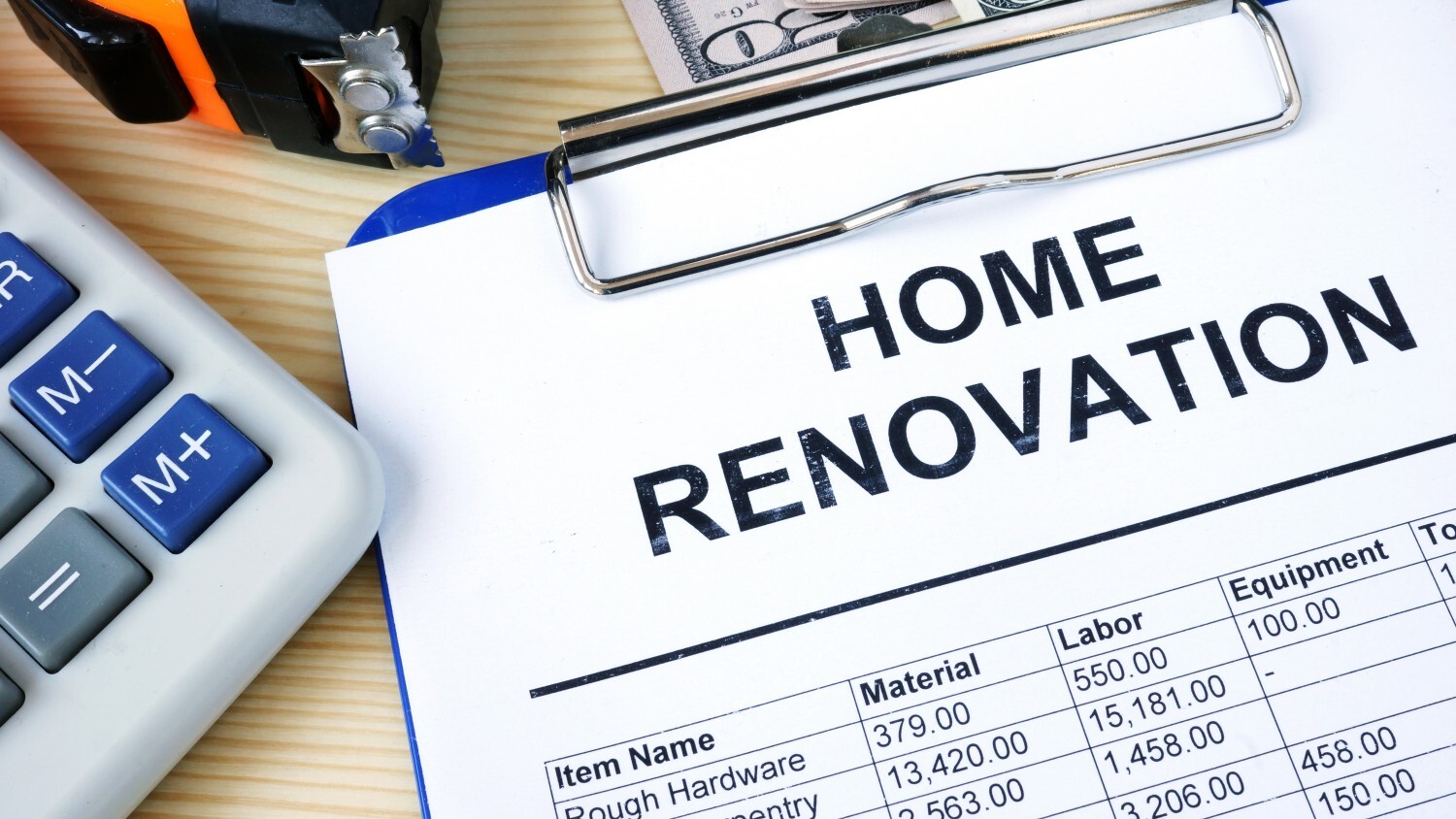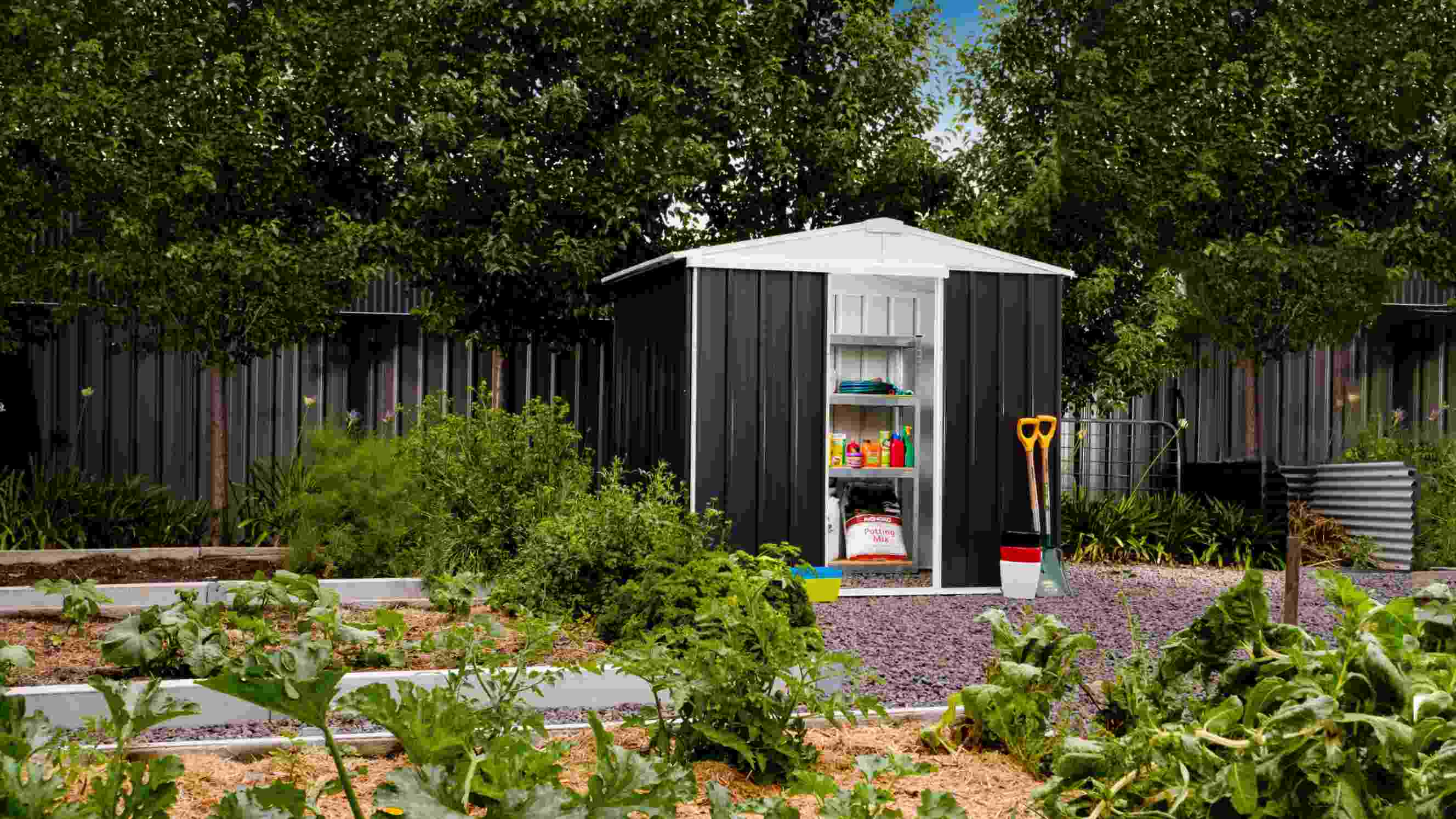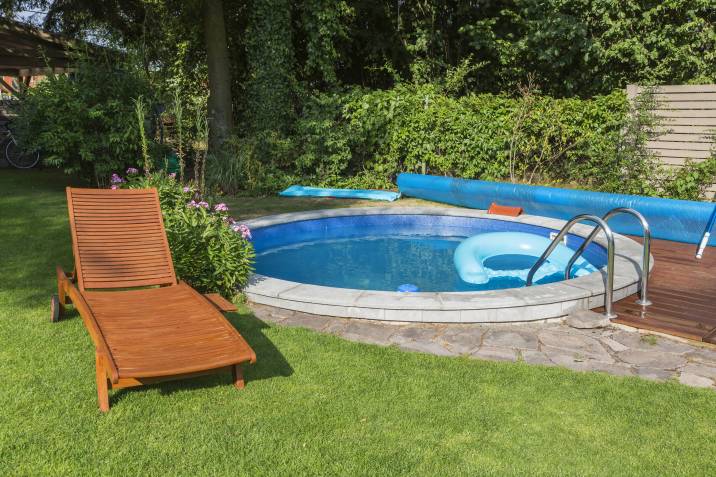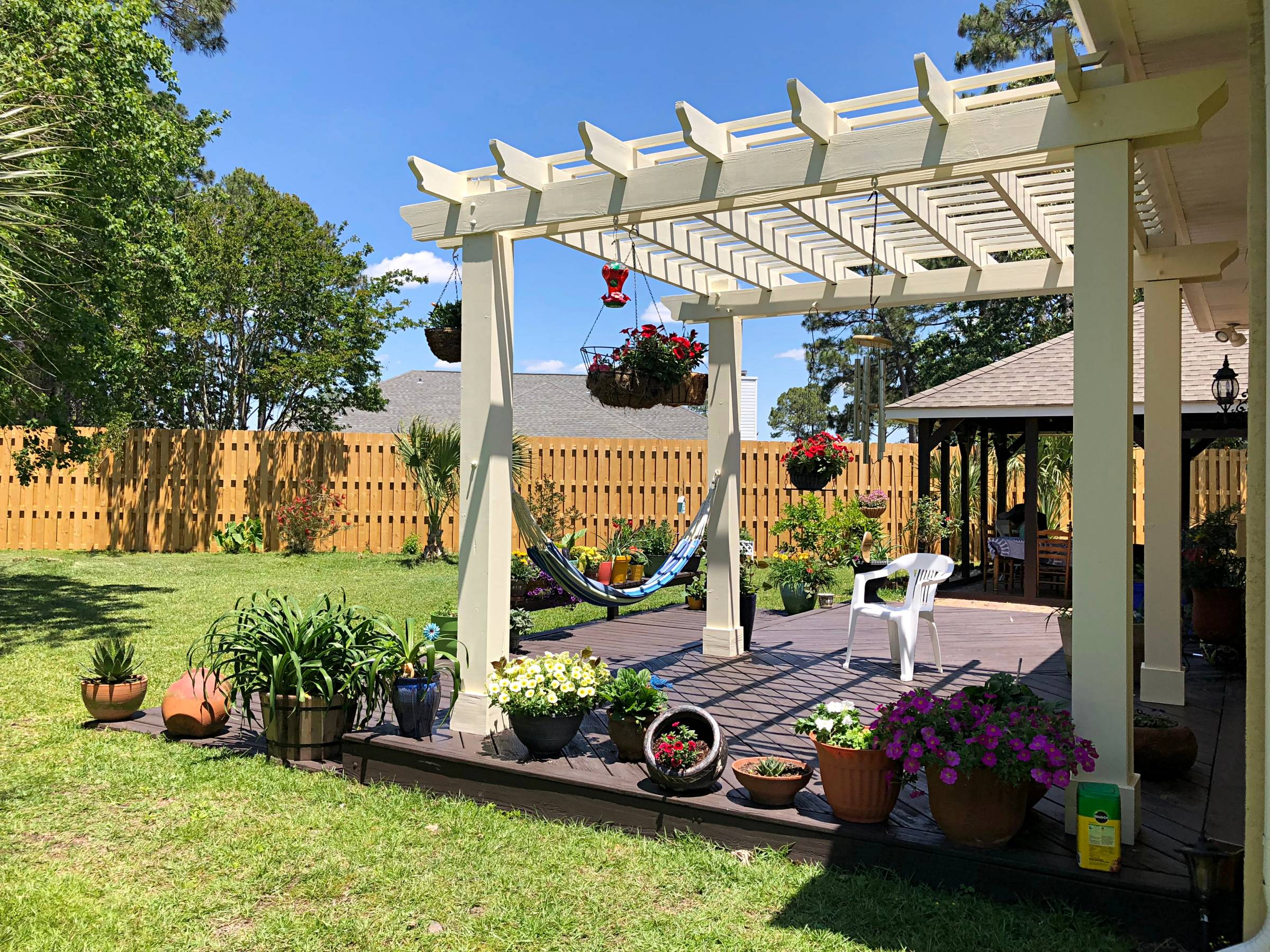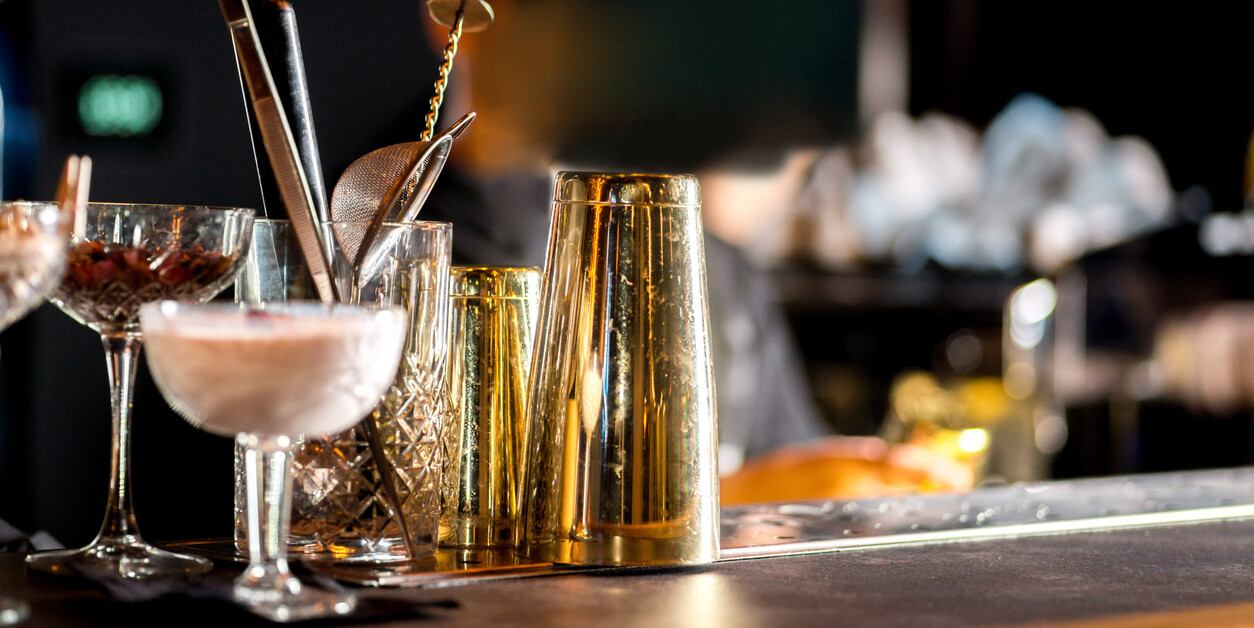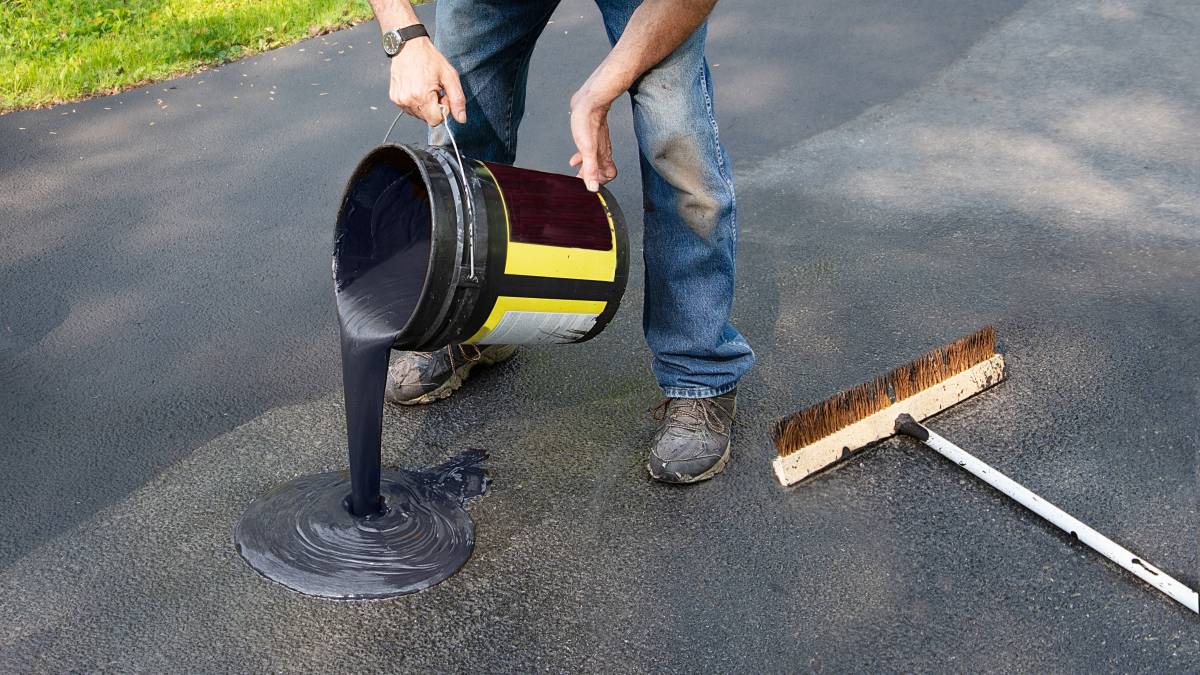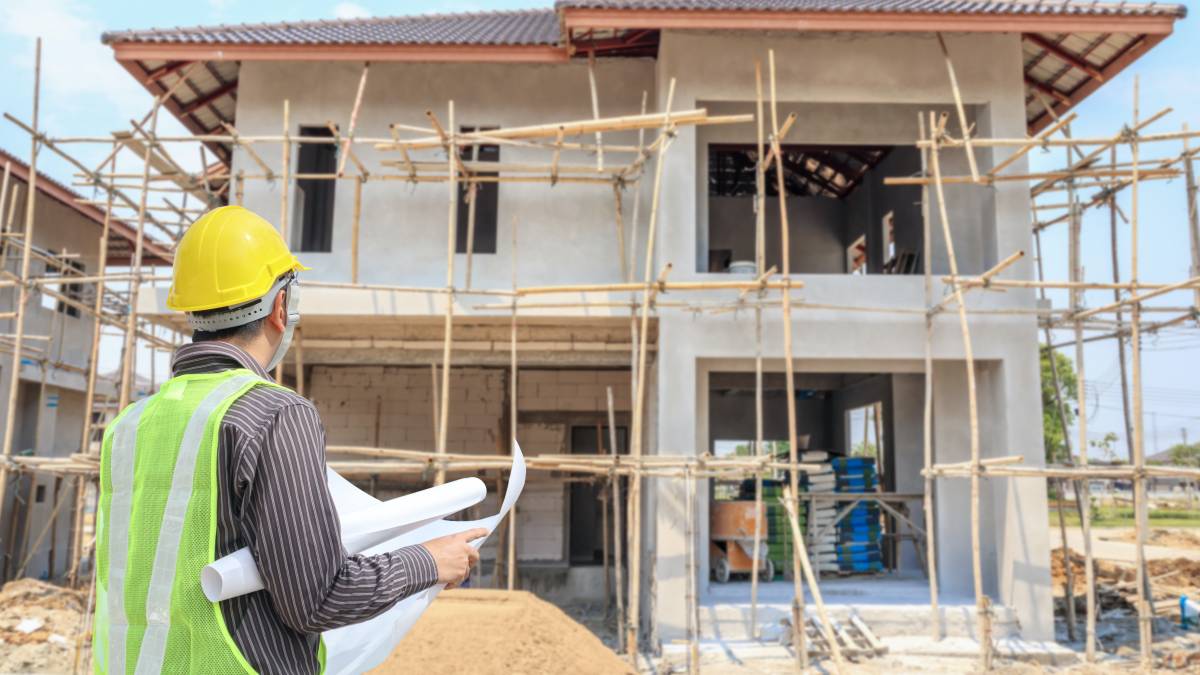- Home/
- Guides/
- Plunge Pool/
- Plunge Pool Types
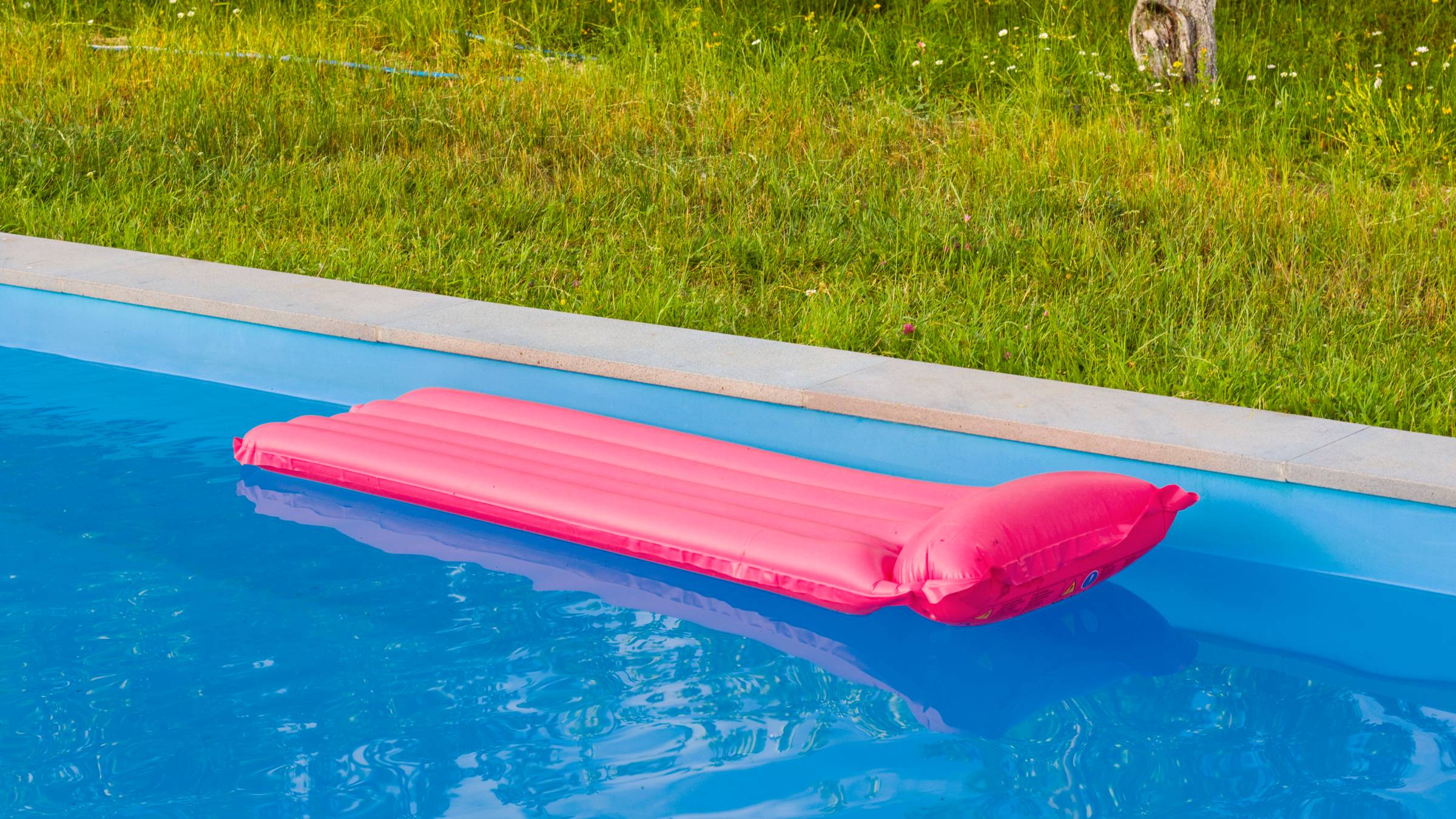
10 tips for choosing the right backyard plunge pool type for your home
Create your own refreshing escape in your backyard with the perfect plunge pool.
Find a plunge pool builderLast Updated on
When transforming your outdoor space into a personal refuge, a backyard plunge pool can be an inviting and refreshing addition. These pools offer a fantastic way to beat the heat, relax, and elevate the aesthetic of your house. But first, you must carefully consider the type that best suits your needs and space.
In this guide, we’ll explore the various types of plunge pools and provide ten essential tips to help you select the perfect one for your home!
Types of plunge pools
These small backyard pools come in different options to suit different preferences and spaces. Here are a few of the most common types:
Based on the installation method
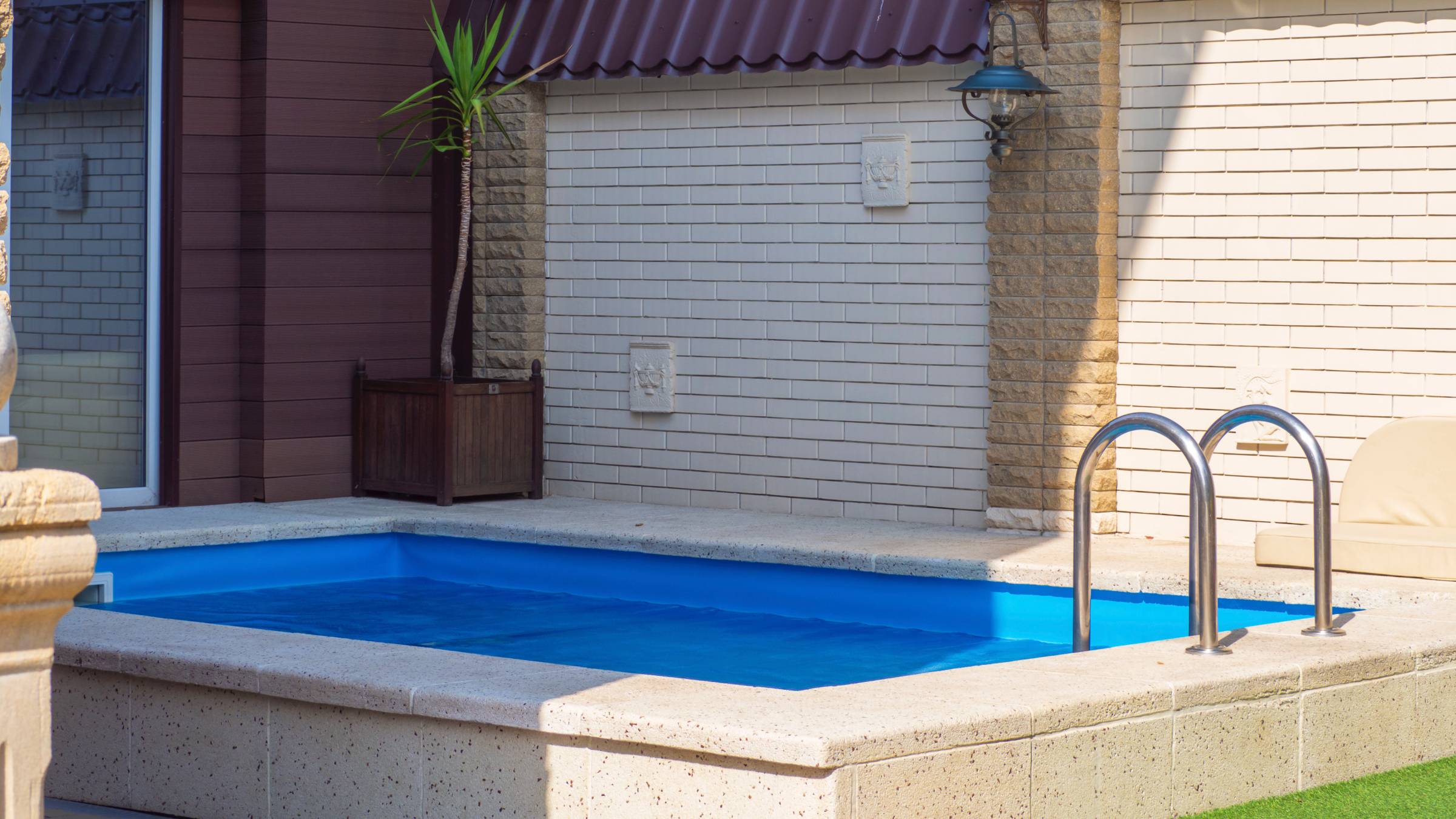
Above-ground plunge pool
An above-ground small backyard plunge pool is ideal for homeowners with smaller spaces who prioritise affordability, portability, or flexibility for the future. It sits on the surface, making it cost-effective and easy to install.
In-ground plunge pool
Seamlessly integrated into your outdoor space, in-ground plunge pools offer customisation options and a visually appealing addition. This type is perfect for your home if you have ample space and prefer larger pools.
Partially in-ground plunge pool
This type combines the benefits of both above-ground and in-ground pools. Part of it is installed above ground with convenient access, while the rest is set into the ground for a seamless appearance.
This option provides aesthetics and affordability, catering to various space constraints and design preferences. You can place the pool next to your deck or build one roughly halfway on the side of the pool.
Based on the plunge pool material
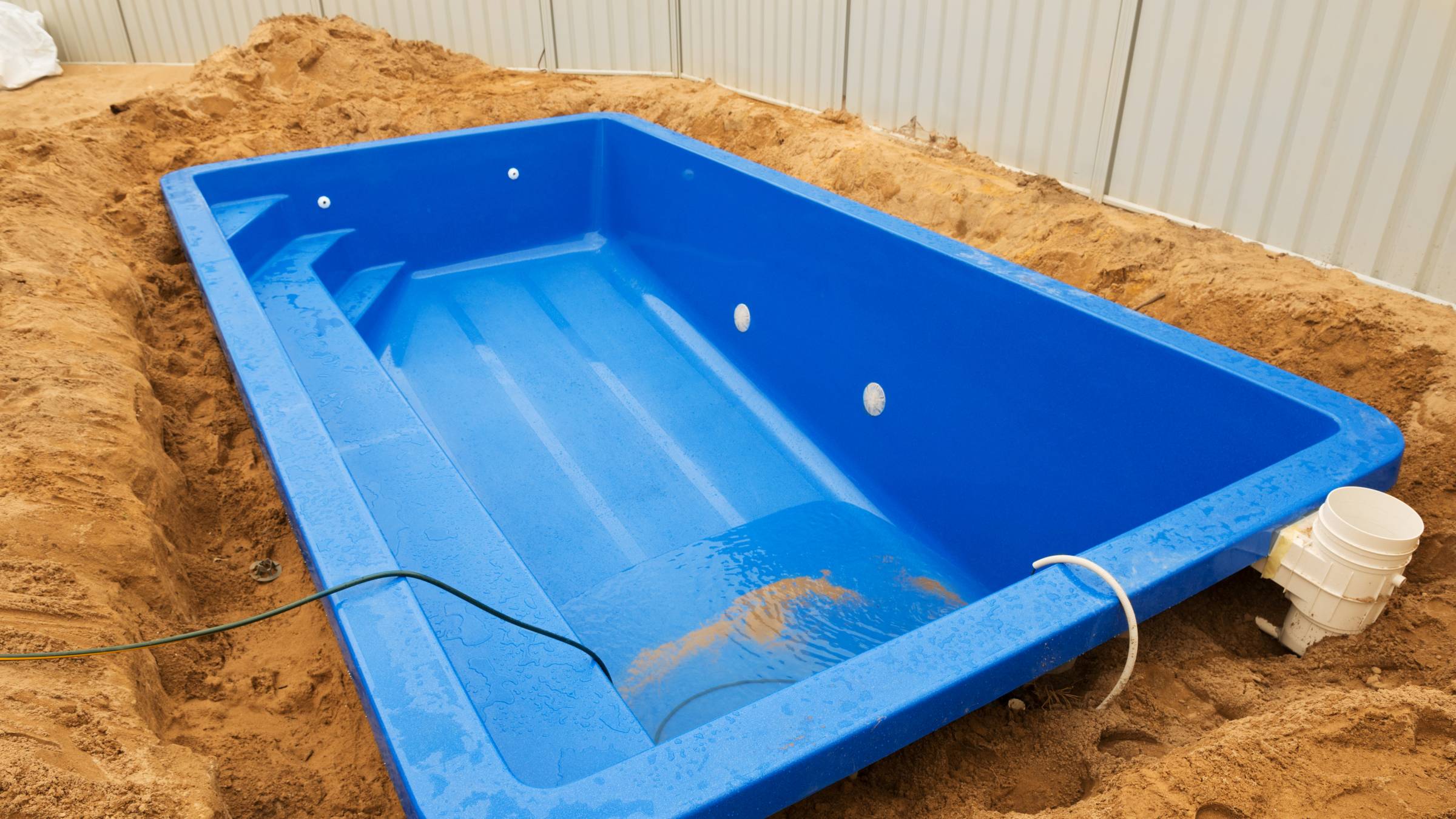
Fibreglass plunge pool
Durable and low-maintenance, fibreglass plunge pools are known for their smooth surface, resistance to algae, and long lifespan. This material is also used on regular swimming pools, so you know the quality is durable and premium. They come in various shapes and sizes, making them an excellent choice for hassle-free ownership.
Concrete plunge pool
As the name suggests, concrete plunge pools are made from concrete built in the area, such as in your backyard.
This offers extensive customisation options–you get a say about the overall design, especially if constructed to suit a specific area. It also provides a solid and stable structure. However, they require more maintenance and may need resurfacing over time.
Vinyl plunge pool
Vinyl plunge pools are easy to install, cost-effective and available in various shapes and sizes, which means most backyards can accommodate this type of pool. Vinyl liner pools allow many homeowners to enjoy an in-ground pool at a more affordable budget. However, remember that the vinyl lining may need replacement every 10 to 15 years to maintain it.
Tips for selecting the plunge pool type for your home
With careful planning and execution, you can come up with the best plunge pool and build the right type for your home. Here are a few things you should keep in mind when considering plunge pool ownership:
1. Assess your outdoor space
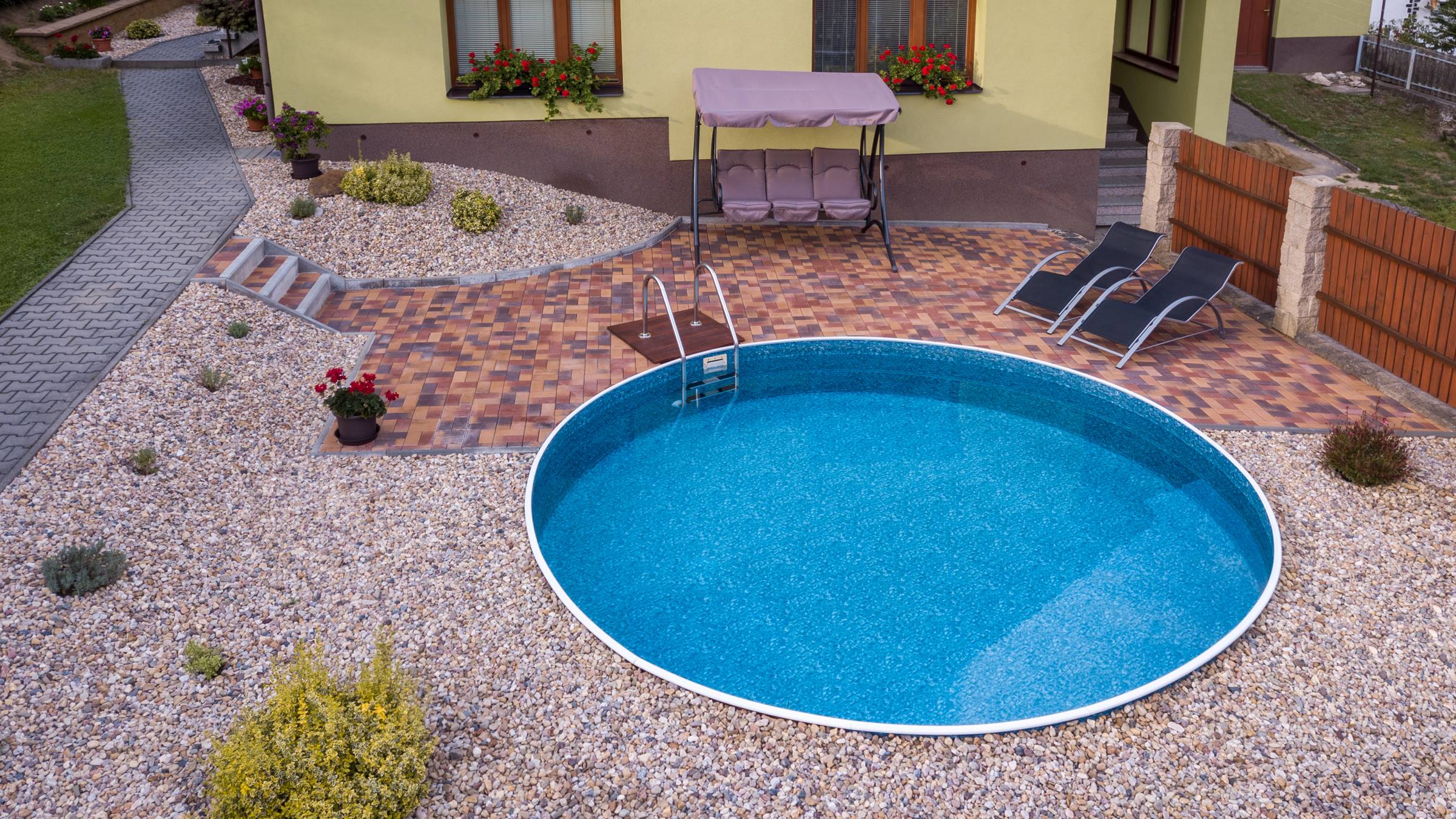
Kickstart your plunge pool ownership journey by evaluating the dimensions and layout of your outdoor space. By understanding the available area, you can better determine which plunge pool type will fit your property.
If your space is limited, an above-ground pool with a compact size might be the way to go, while more generous yards can comfortably host in-ground designs.
2. Set a budget
Budgeting is key to a successful plunge pool project! Your budget should cover the initial purchase and installation costs and ongoing expenses, including maintenance and heating costs.
Knowing the costs of a plunge pool project and defining a well-structured budget ensures you’re equipped to make informed decisions, preventing any financial surprises down the road.
3. Plan your pool’s purpose
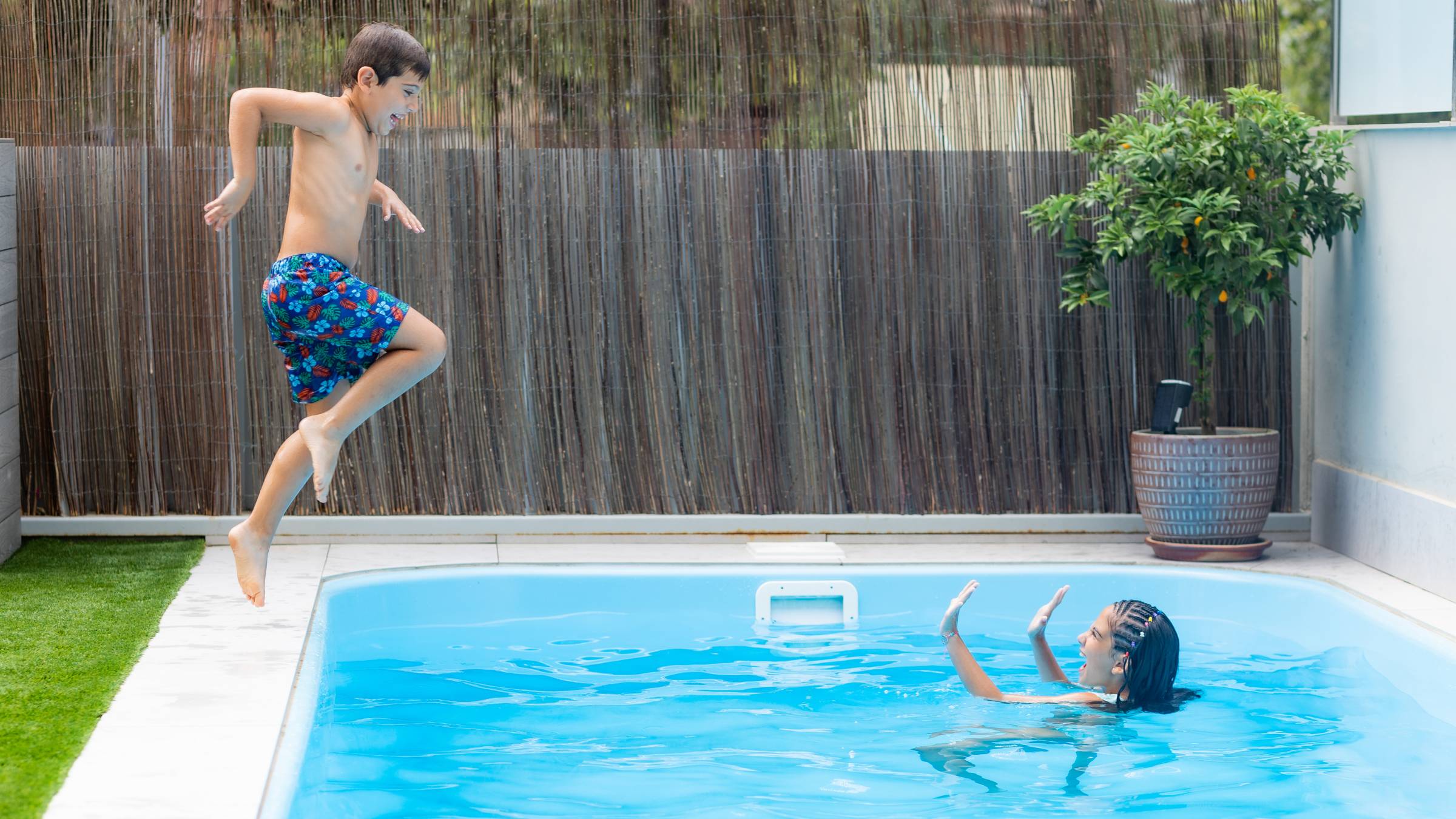
Will it be for your personal enjoyment and relaxation during the sweltering summer, or do you imagine it as a dynamic space for water aerobics, exercise, and hydrotherapy? Understanding your intended use will steer your choice in type and size, features, and additional elements like heating systems.
4. Choose the right location
Opt for the perfect spot for your plunge pool to enjoy the optimal experience. Positioning it where it receives abundant sunlight and is sheltered from strong winds is ideal. Moreover, strategic landscaping and placement, especially in small spaces, can maximise natural heating, reduce heating costs, and minimise debris from nearby trees.
5. Consider maintenance requirements
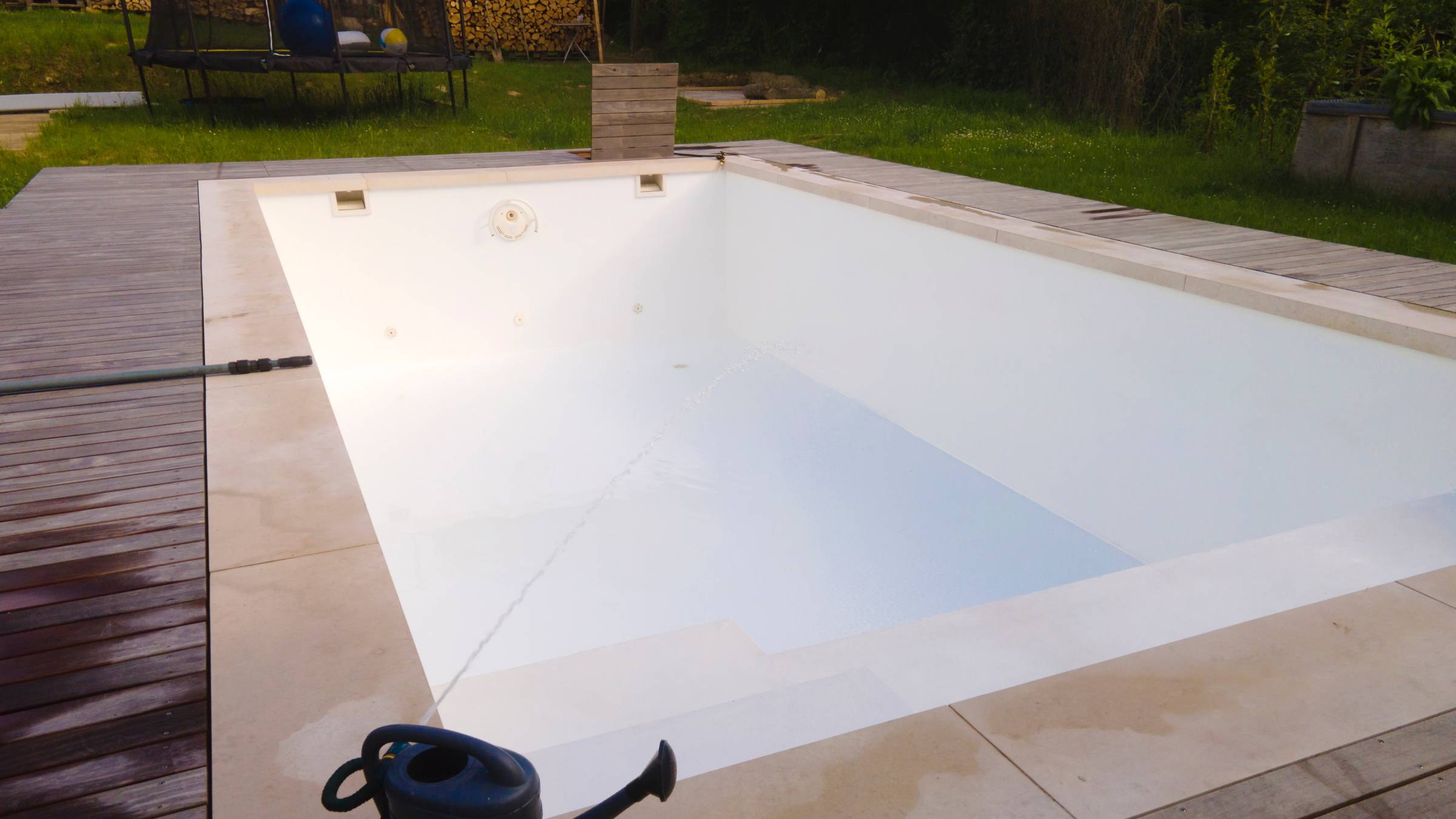
Plunge pools come with varying maintenance needs. It’s crucial to know the different plunge pool maintenance requirements and maintain its water quality to guarantee the water is safe for swimming. For instance, fibreglass pools are low-maintenance, while small concrete pools may require more care and regular upkeep.
6. Harmonise with aesthetic appeal
Consider the design, shape, and materials you'll choose to complement your home’s style and landscape. Striking the right balance between aesthetics and functionality enhances your outdoor space, and the visual harmony between the pool and your property’s overall design is icing on the cake.
7. Explore heating options
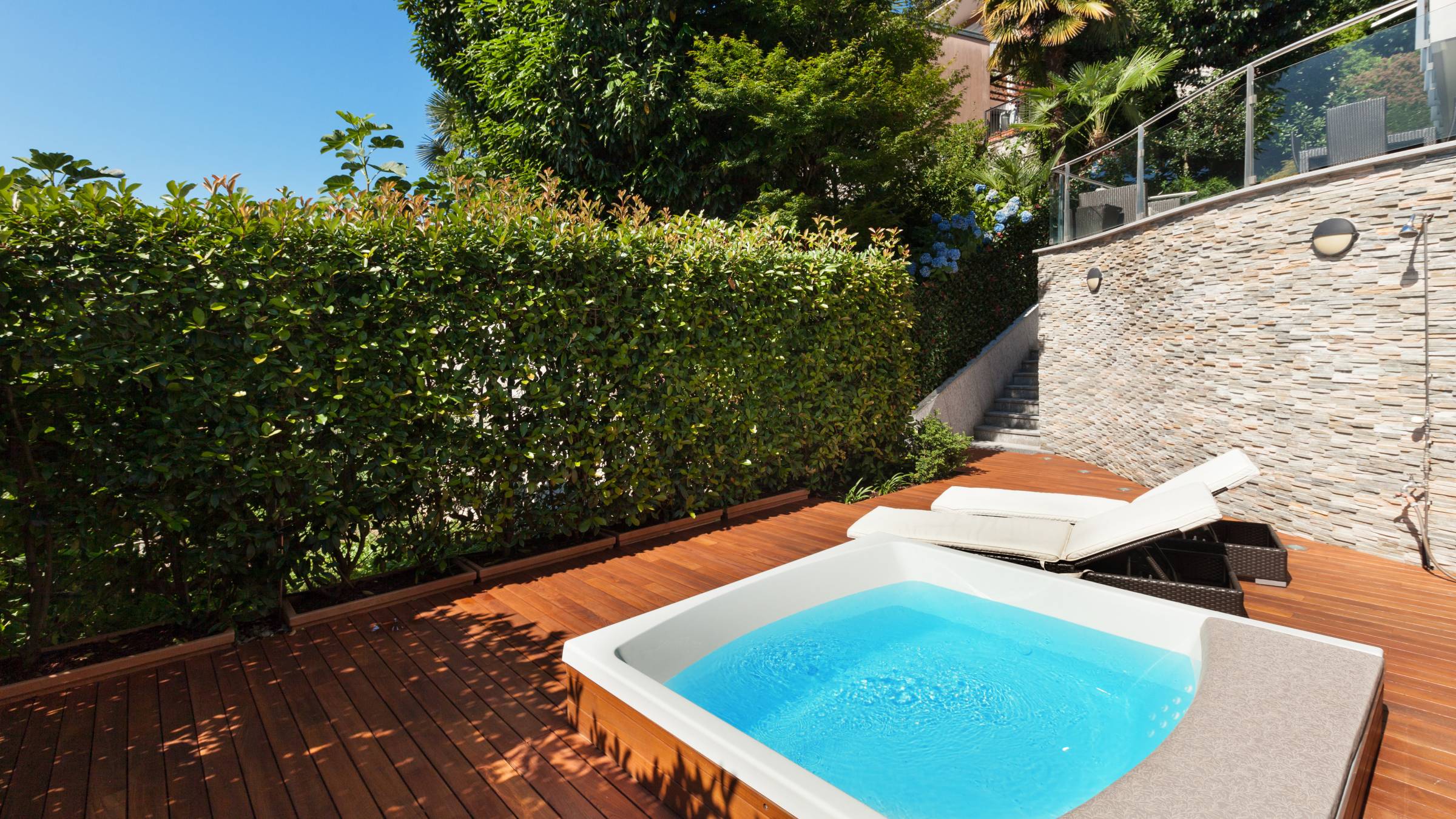
If your goal is year-round pool enjoyment, think about heating options. Solar or electric heaters can extend your pool’s usability, ensuring you and your family enjoy it even during cooler months. This consideration is especially vital for those residing in regions in Australia with varying climates.
8. Optimise water filtration and circulation
Proper water filtration and circulation systems are important in maintaining water quality and clarity. Different plunge pool types may have varying systems, so ensure your chosen pool type supports efficient water treatment, promoting a clean and healthy swimming environment.
9. Navigate permits and regulations
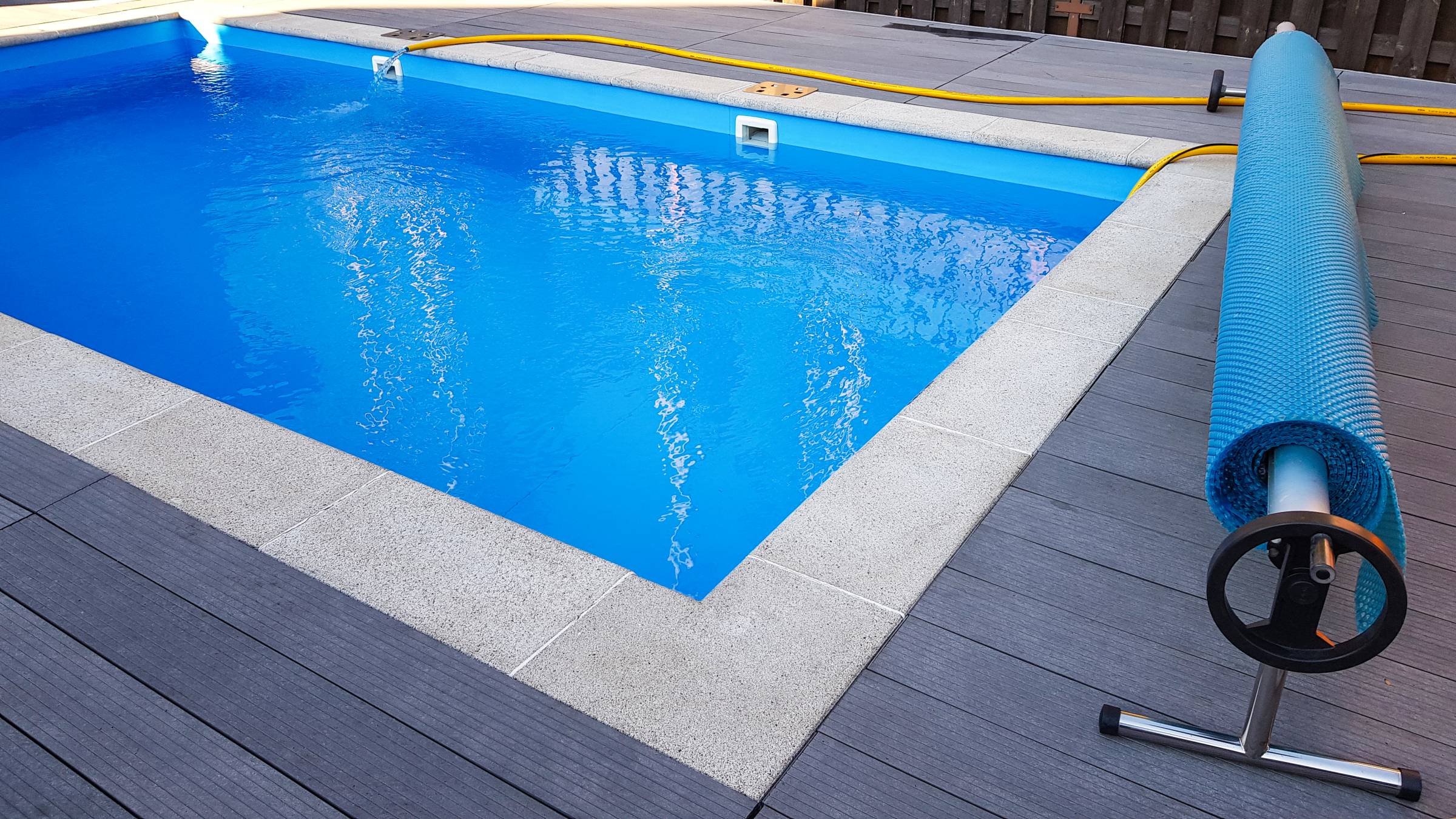
Before starting your plunge pool project, research and understand local regulations and permit requirements. Compliance is crucial to avoid legal complications later on. It’s a vital step that should not be overlooked!
10. Secure professional installation
Seek out experienced professionals for the installation of your plunge pool. Their expertise ensures the job is done correctly and safely, providing peace of mind. A well-installed plunge pool will be more durable and hassle-free in the long run, so it’s an investment worth making.
Dive into your dream plunge pool
Selecting the right plunge pool type for your home is a decision that can significantly enhance your outdoor living experience. From choosing the right location to setting a budget and considering maintenance, these ten tips will help you make an informed decision. With the right plunge pool, you can create your backyard oasis.
Before diving headfirst into your plunge pool-building journey, consider contacting plunge pool experts through Airtasker. Watch your plunge pool vision come to life as they guide you through every step, from meticulous planning to the seamless installation of your plunge pool.
FAQs on choosing plunge pools
Plunge pools can certainly be worth it! Small backyard pools can be a great alternative if you want a swimming pool but only have limited outdoor space. Careful consideration of your needs and circumstances will help you determine if a plunge pool is the right fit for you.
Plunge pools have their drawbacks, like limited swimming space (a major con, especially for serious swimmers) and possible maintenance expenses. But, if you’ve got a smaller outdoor space, their compact design is ideal, often saving you more than larger pools.
The typical depth of a plunge pool ranges from about 1.2 to 2.4 metres. If your goal is to unwind or simply stand in the pool, a depth of approximately 1.2 to 1.5 metres is generally fine. But if you want to include exercise in your plunge pool routine, you can opt for a slightly deeper pool at 1.8 to 2.4 metres.
Find plunge pool builders, fast
Find a plunge pool builder
Related articles
Related price guides
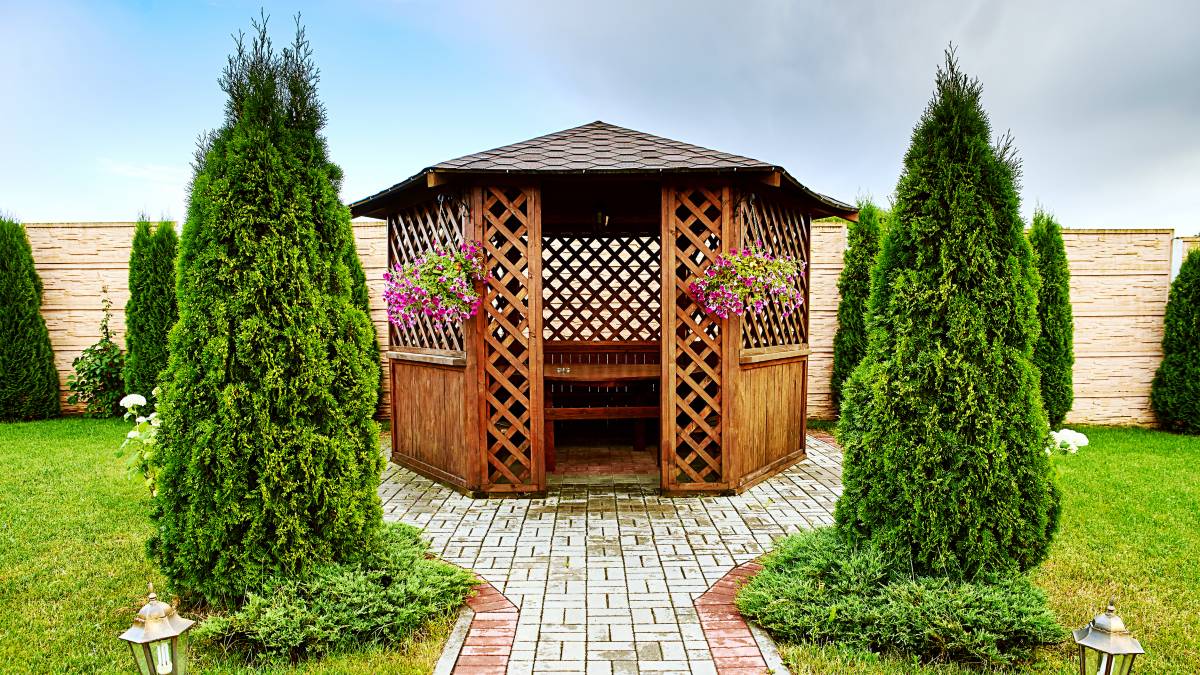
How much does an outdoor gazebo cost?
Read more
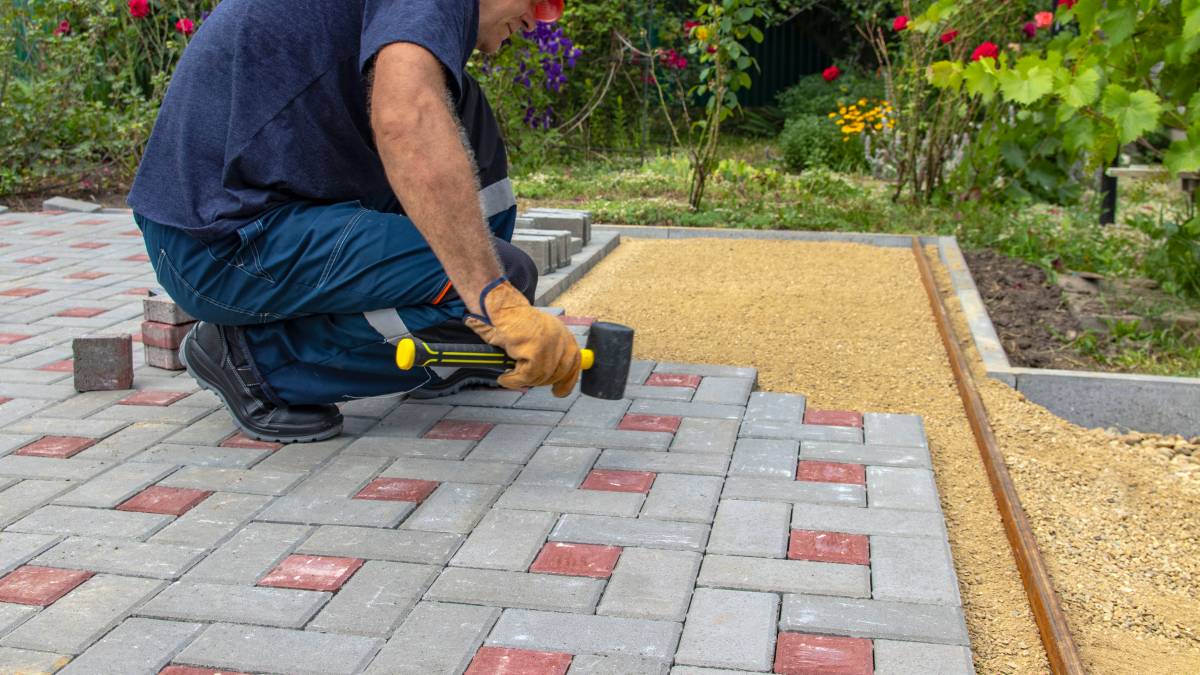
How much do patios cost?
Read more
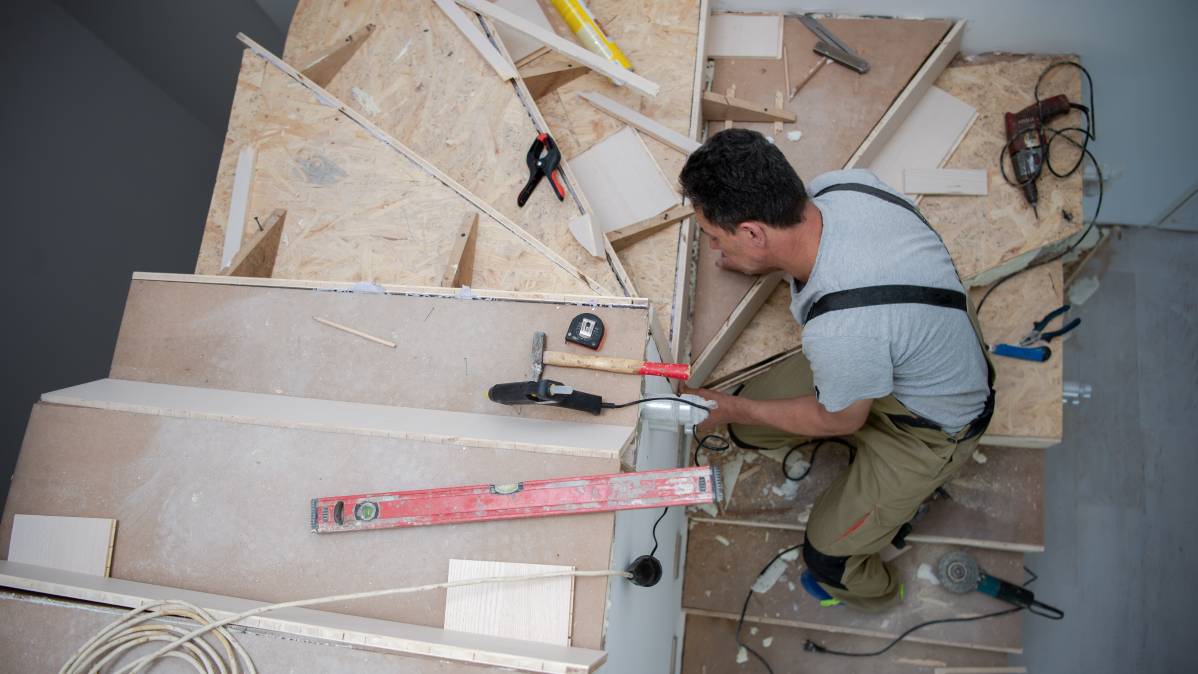
How much does a new staircase cost?
Read more
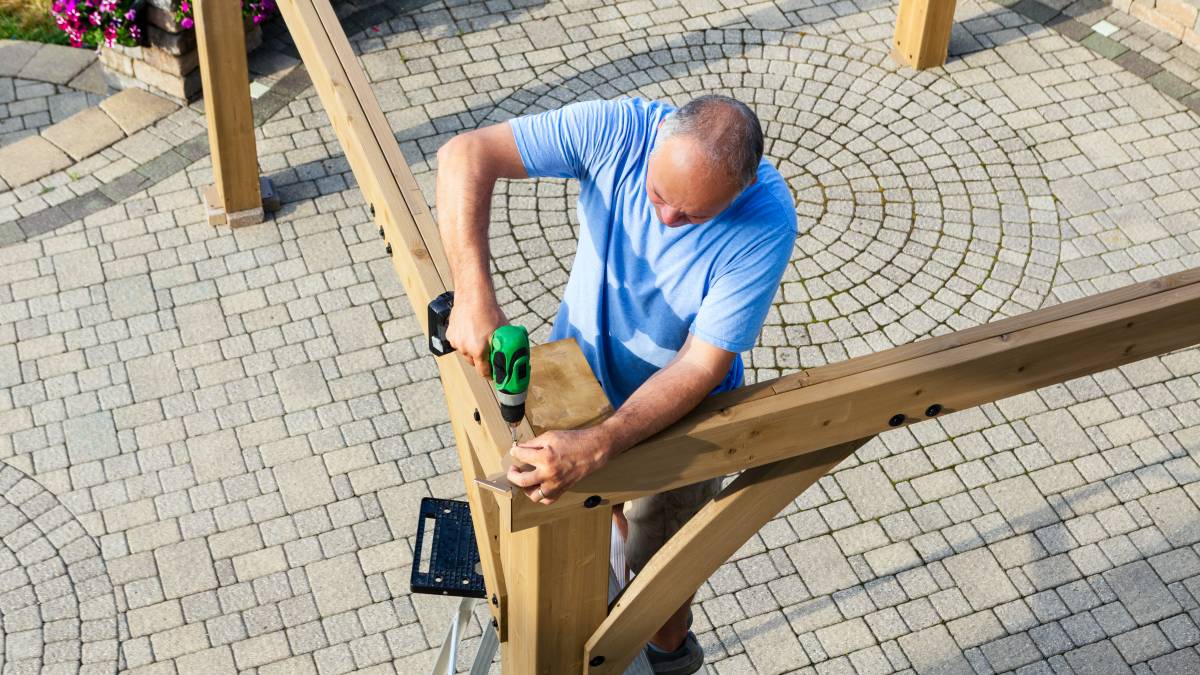
How much does a pergola cost?
Read more
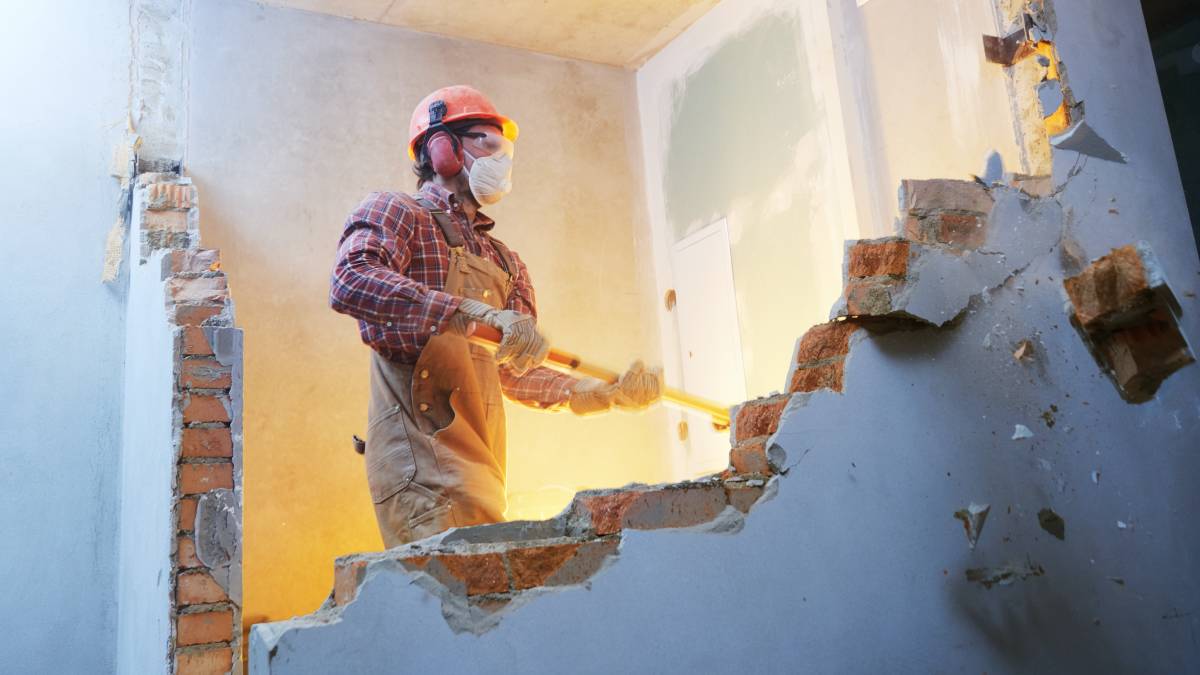
How much does demolition cost?
Read more
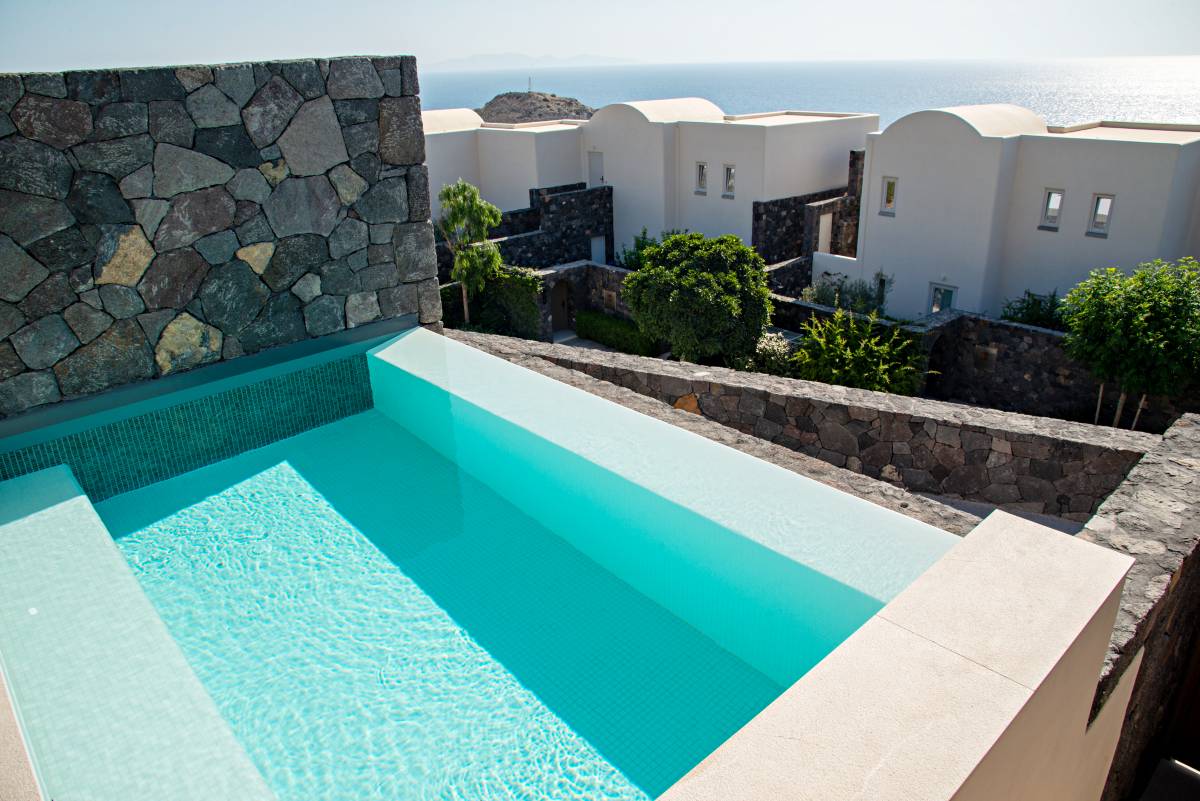
How much does a plunge pool cost?
Read more
